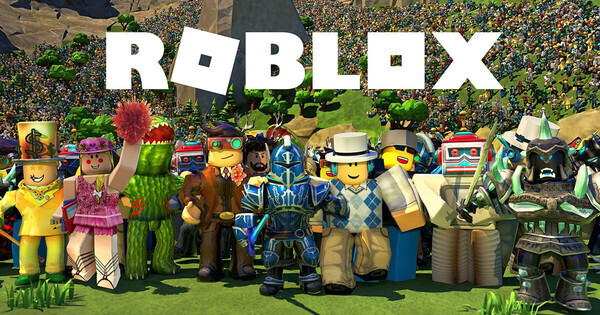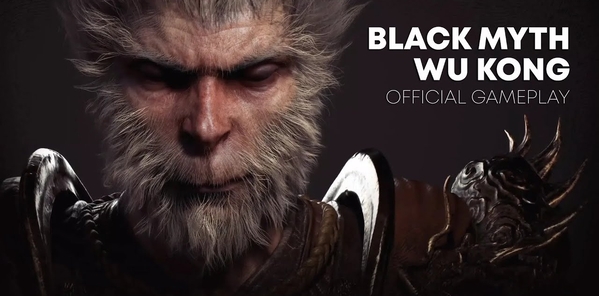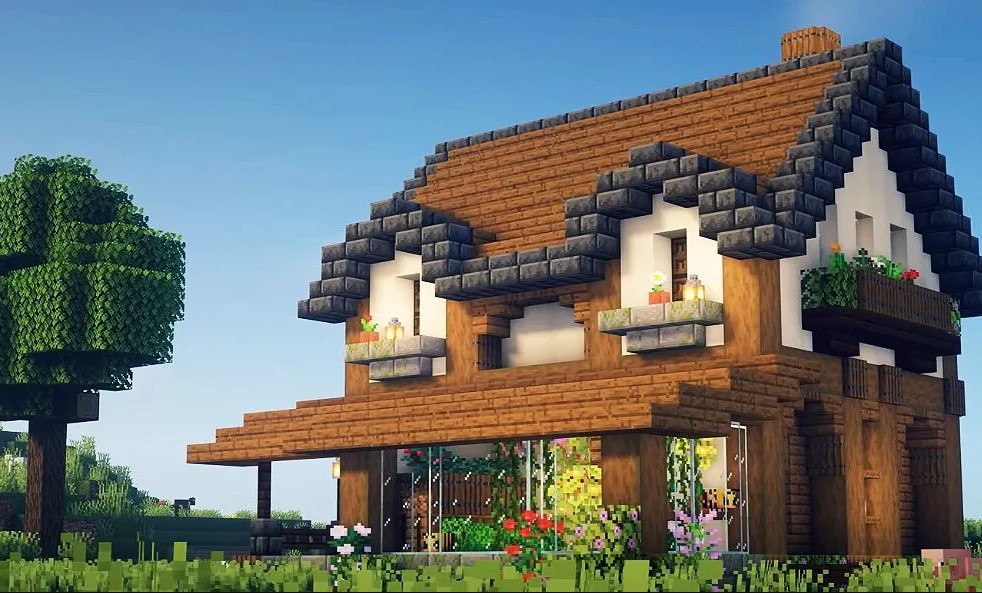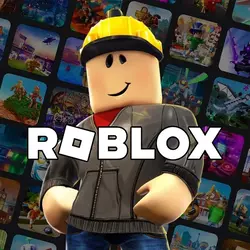Roblox has become a global phenomenon, allowing users to create, share, and play games that reflect their creativity. Among its many features, the concept of “upgrades” plays a pivotal role in player engagement and game mechanics. Upgrades can range from simple enhancements, such as increasing a character’s speed or strength, to complex systems involving skill trees and resource management. However, the implementation of upgrades presents various challenges, including player retention, balance issues, and economic sustainability. This article explores the intricate dynamics of upgrades in Roblox games, delving into their impact on player experience and game design.
The Importance of Upgrades in Game Design
Upgrades serve as a crucial element in game design, providing players with a sense of progression and accomplishment. In the context of Roblox, where many games rely on user-generated content, effective upgrade systems can significantly enhance the gameplay experience. Players often seek to improve their abilities, unlock new features, and personalize their characters. This desire for progression drives engagement, encouraging players to invest time and resources into the game.
Moreover, well-structured upgrade systems can contribute to a game’s longevity. By providing players with goals to strive for, developers can create an environment that fosters continuous play. However, the challenge lies in designing an upgrade system that is both rewarding and balanced, ensuring that players remain engaged without feeling overwhelmed or frustrated.

Types of Upgrades in Roblox Games
Upgrades in Roblox can take various forms, each with unique mechanics and implications for gameplay. Understanding these types is essential for developers aiming to create engaging experiences.
Character Enhancements
Character enhancements are the most common type of upgrades, allowing players to improve their avatars’ abilities. This can include:
- Speed Boosts: Increasing the character’s movement speed.
- Strength Enhancements: Allowing players to deal more damage or lift heavier objects.
- Health Upgrades: Increasing the amount of damage a character can withstand.
These enhancements typically serve immediate gameplay purposes and can make players feel more powerful, enhancing their overall experience.
Cosmetic Upgrades
Cosmetic upgrades focus on personalizing a player’s avatar or in-game environment. While these do not affect gameplay mechanics directly, they play a significant role in player satisfaction and identity. Examples include:
- Custom Skins: Unique appearances for characters.
- Emotes: Special animations to express emotions.
- Decorative Items: Aesthetic enhancements for in-game spaces.
These upgrades are often driven by player creativity and the desire to stand out within the community.
Skill Trees and Complex Upgrades
Some Roblox games incorporate skill trees or complex upgrade systems, allowing players to make strategic decisions about their progression. These systems can include:
- Branching Paths: Players choose different abilities that suit their playstyle.
- Resource Management: Players must gather resources to unlock new skills.
- Time-Based Progression: Certain abilities unlock only after specific achievements are met.
These systems add depth to gameplay but require careful balancing to avoid overwhelming players.
The Challenge of Balance in Upgrade Systems
One of the primary challenges developers face in implementing upgrades is achieving balance. An upgrade system that is too generous can lead to a lack of challenge, while a system that is too restrictive may frustrate players. Striking the right balance is crucial for maintaining player engagement and satisfaction.
For instance, if players can quickly attain powerful upgrades, they may lose interest as the game becomes too easy. Conversely, if upgrades are too difficult to obtain, players may feel discouraged and abandon the game. Developers must carefully calibrate the rate at which players receive upgrades, ensuring that each new ability feels meaningful and earned.
The Role of Feedback in Improving Upgrade Systems
Player feedback is an invaluable resource for developers looking to refine their upgrade systems. By actively seeking input from the community, developers can identify areas for improvement and make necessary adjustments. This iterative process can lead to a more engaging gameplay experience.
Developers can employ various methods to gather feedback, such as:
- Surveys: Collecting player opinions on the current upgrade system.
- Focus Groups: Conducting sessions with selected players to discuss their experiences.
- In-Game Metrics: Analyzing player behavior and progression patterns.
By understanding player preferences and pain points, developers can adapt their upgrade systems to better meet the needs of the community.
The Economic Impact of Upgrades
In many Roblox games, upgrades are tied to in-game currency or real-world transactions, adding another layer of complexity to their implementation. This economic aspect can influence player behavior and the overall game ecosystem.
Developers must consider how the pricing of upgrades affects player engagement. If upgrades are perceived as too expensive, players may feel discouraged from pursuing them, while overly cheap upgrades can lead to inflation and devalue the currency. Finding a balance in pricing is crucial for maintaining a healthy in-game economy.
Encouraging Player Engagement Through Upgrades
To maximize player engagement, developers should design upgrades that not only improve gameplay but also encourage social interaction and competition. Features such as leaderboards, achievement systems, and collaborative goals can enhance the upgrade experience.
For instance, implementing a leaderboard that showcases players with the highest upgrade levels can motivate others to participate actively. Additionally, collaborative upgrades that require teamwork can foster a sense of community, encouraging players to connect with one another.
Addressing Upgrade Fatigue
As players progress through a game, they may experience “upgrade fatigue,” a phenomenon where the excitement of obtaining new abilities diminishes over time. This fatigue can lead to decreased engagement and player drop-off. Developers must be mindful of this issue and implement strategies to keep upgrades fresh and exciting.
Possible solutions include:
- Introducing New Upgrade Types: Regularly adding new and innovative upgrades can rekindle interest.
- Seasonal Events: Temporary upgrades tied to special events can create a sense of urgency and excitement.
- Dynamic Challenges: Changing upgrade requirements or challenges can keep gameplay feeling fresh.
By proactively addressing upgrade fatigue, developers can maintain a vibrant and engaged player base.
Future Directions: Evolving Upgrade Systems
The landscape of gaming is constantly evolving, and so too must the systems that underpin player progression. As technology advances, developers have new tools at their disposal to create more immersive and engaging upgrade experiences. This includes leveraging data analytics, artificial intelligence, and community-driven content.
Future upgrade systems may incorporate more personalized experiences, tailoring progression paths to individual players based on their gameplay styles and preferences. Additionally, integrating cross-game upgrades could provide players with a more cohesive experience across the Roblox platform.
Conclusion
Upgrades are a fundamental aspect of Roblox games, influencing player engagement and satisfaction. While they offer opportunities for progression and creativity, their implementation poses significant challenges, including balance, economic sustainability, and player retention. By focusing on player feedback, fostering community interaction, and continuously innovating, developers can create upgrade systems that enhance the overall gameplay experience. The future of upgrades in Roblox holds exciting possibilities, paving the way for even more dynamic and engaging gaming experiences





